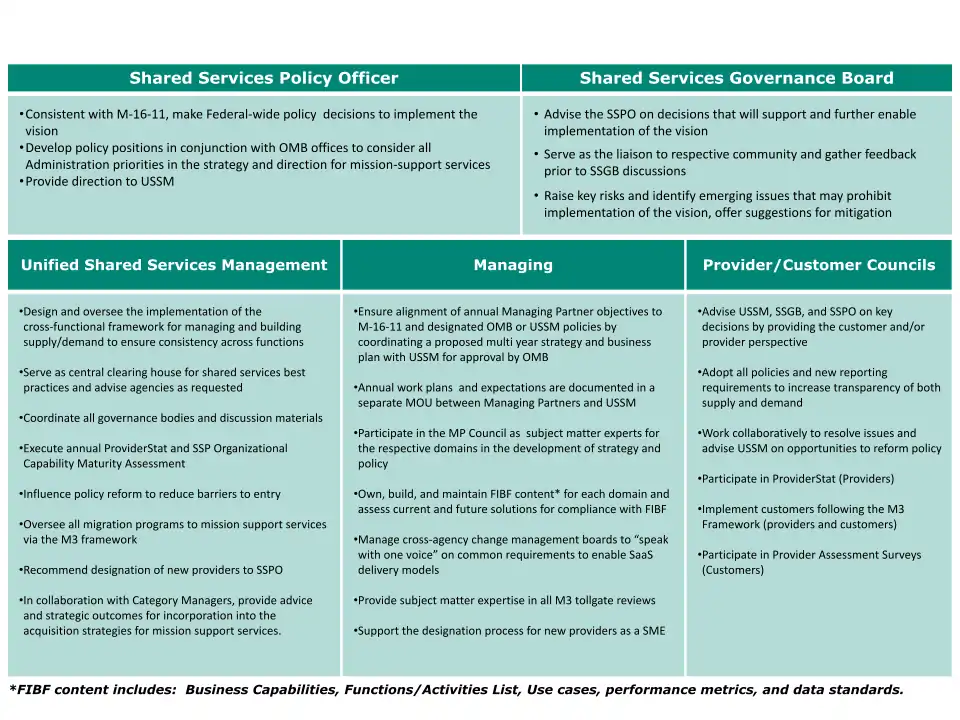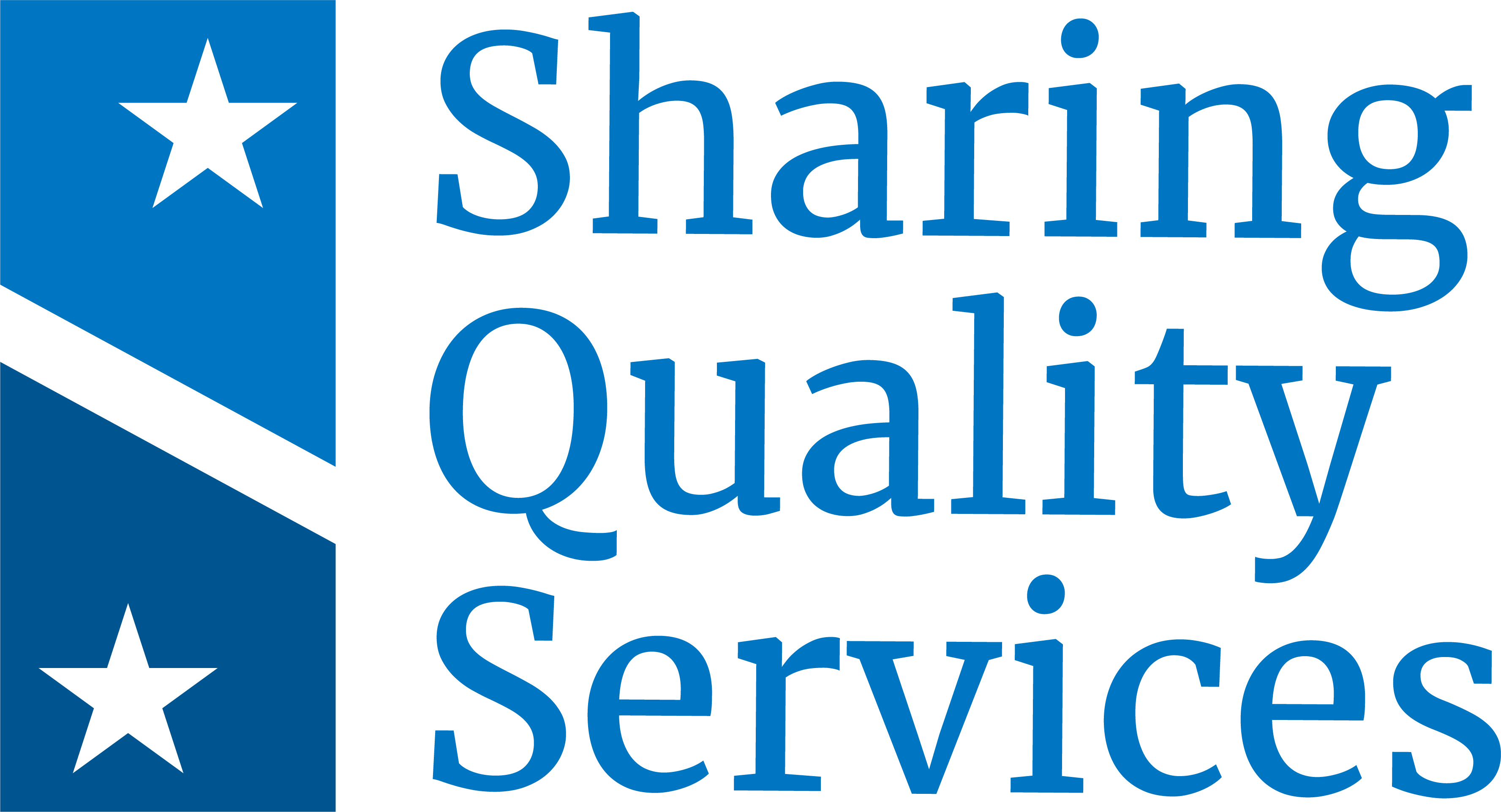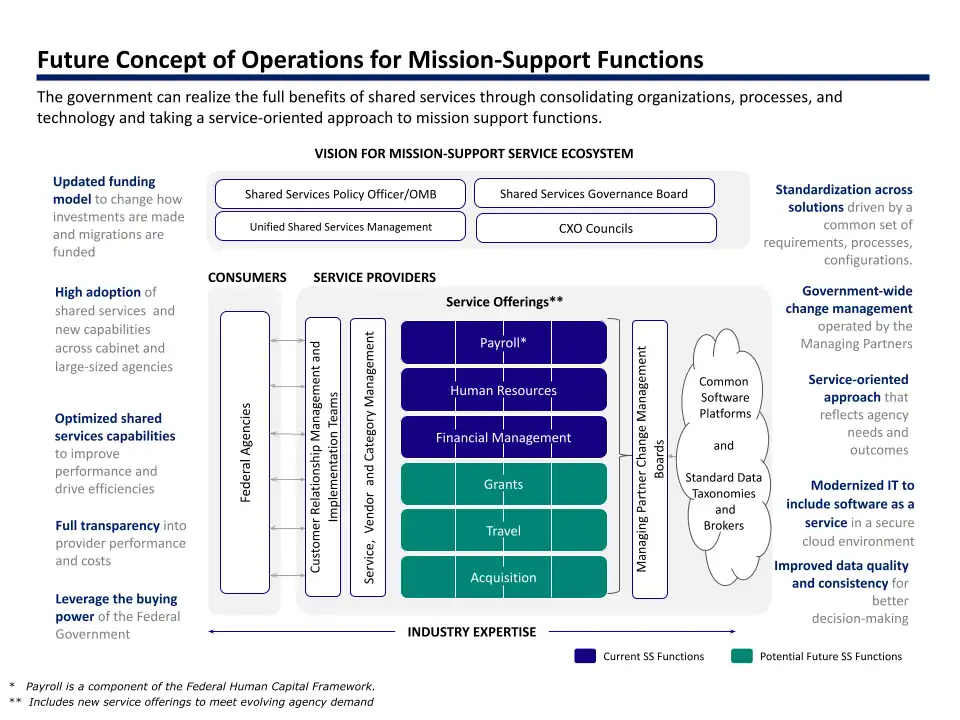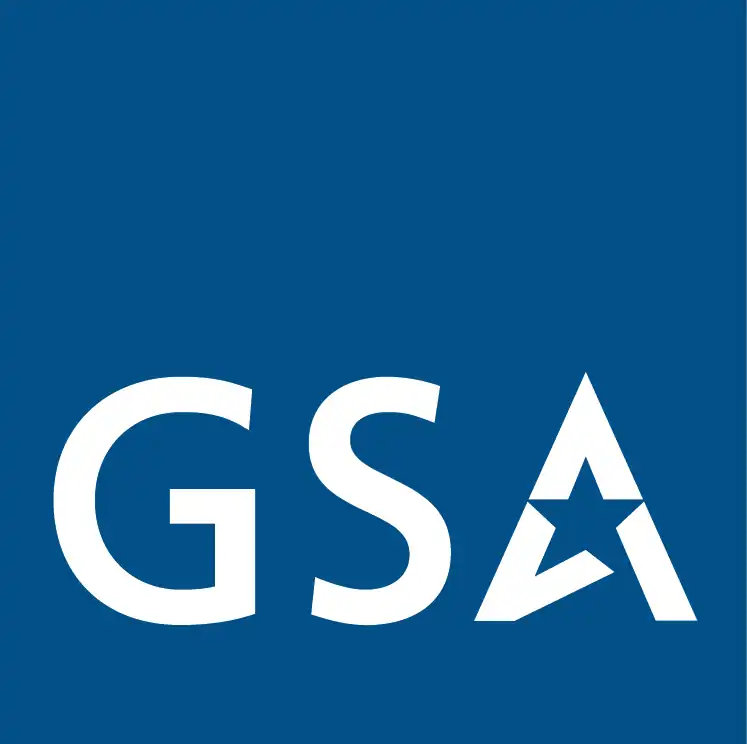Mission Support Concept of Operations | Roles and Responsibilities
As promulgated to Federal Executive Councils on January 3, 2017 and described in FederalNewsRadio on January 17, 2017.
The Federal government supports the stability, welfare, and prosperity of our nation through agency missions and services delivered to the American people. These services encompass important missions, such as the safety of our national food supply, stabilization of capital and consumer markets, support for scientific and medical research, and the integrity of our national infrastructure, law enforcement, and national defense. As varied as they are, each of these missions relies on similar support processes enabling orderly distribution and accounting of funds, recruitment and training of skilled personnel, payroll processing, and access to the data that informs strategic decision making.
These support functions have historically been developed in silos, resulting in duplicative spending across and even inside of agencies, with wide variation in cost and quality and, too frequently, in ways that distract from the core mission. As of 2016 there were over 45 systems for financial management in the executive branch alone and it cost agencies anywhere from $1.38 to $94.39 on average to process a vendor invoice. In the human capital space, agencies spend between $1.78 and $2.38 annually in acquisition and maintenance of disparate systems that are not interoperable, do not provide access to personnel lifecycle data or follow common security standards. Smaller agencies, driven by limited budgets, have already made strides in the consolidation and sharing of resources and systems performing mission support. Building on these initial efforts, there is an opportunity to improve effectiveness and efficiency of administrative mission support functions across government and to redirect resources to core agency missions. The drive to embark on this transformational journey is fueled by the need for a higher performing, more responsive government, emerging technologies that enable agencies to securely leverage common systems, services and data in ways they never have, the benefits of reduced duplication, more resilient cyber-security strategies, and opportunities to optimize operations and improve quality based on process and system standardization. The status quo, where 80% of the $80 billion Federal IT budget is dedicated to maintaining legacy systems, is simply not sustainable or beneficial in the future. ect resources to core agency missions. The drive to embark on this transformational journey is fueled by the need for a higher performing, more responsive government, emerging technologies that enable agencies to securely leverage common systems, services and data in ways they never have, the benefits of reduced duplication, more resilient cyber-security strategies, and opportunities to optimize operations and improve quality based on process and system standardization. The status quo, where 80% of the $80 billion Federal IT budget is dedicated to maintaining legacy systems, is simply not sustainable or beneficial in the future.
Benefits to Customer Agencies
As the Federal government benefits from taking a shared approach to mission support, agencies will structure their internal C-suite organizations to focus on the strategic aspects of aligning administrative functions to mission. From a systems perspective, customer agencies are relieved of upgrade cycles, maintenance and acquisition overhead associated with supporting duplicative administrative technologies. Offloading these routine functions to providers of services enables customer staff and leadership to focus on the strategic aspects of developing a portfolio of services that will drive down cost, improve capabilities, and automate mission-support processes.
- Enable agency mission by redirecting the workforce to mission functions and reducing administrative burden.
- Improve decision-making through reliable, standardized, and just in time data for better management.
- Increase cyber security with fewer systems that are easier and more cost efficient to protect.
- Attain economies of scale through consolidating and modernizing technologies across the government
- Recognize cost efficiencies in mission support operations by leveraging common practices, maintaining fewer systems, and distributing personnel in lower-cost areas.
Customer Centricity
A key factor enabling the successful support of mission through a high-performing marketplace is a customer-centric approach to the delivery and management of these administrative functions. This customer-centric approach will be driven, in part, through periodic evaluations of customer experience that include provider performance assessments and regular engagement of stakeholders through governance councils. The performance measures used to assess providers will include not just the numbers reflected in cost and standard service level-metrics, but will also be inclusive of the customer experience as measured through satisfaction surveys and cross government benchmarks for efficiency and quality. A marketplace that fosters transparent approaches for providers to keep customers informed and involved in decision making is a hallmark of delivering on this customer-focus. At the same time, this approach challenges government leaders to adopt a new lens for decision-making that at times may require prioritizing the federal enterprise over the individual agency.
Getting There
Helping agencies successfully transform mission-support delivery into this shared future state will require significant leadership as well as change and project management expertise. Best practices, learned through early consolidation efforts, have been identified and captured through the Modernization and Migration Management Framework (M3). M3 is a framework designed to help the government achieve successful outcomes and reduce risk during administrative system and/or service modernizations and migrations. M3 lays out best practices needed to sensibly scope future state services, select a provider, then subsequently prepare for and execute a migration into operations and maintenance.
Financial Maturity
Through a fee-for-service approach, providers will maintain solvent operations and fuel innovation, designing entrepreneurial pricing strategies that are true representations of the inputs to cost and influences on their differentiated approaches to service delivery. A well-functioning marketplace will require normalized interpretations of rules surrounding revolving funds and financial transparency around the use of customer payments.
Enterprise-Wide Governance
|
A governance model that balances inclusiveness, cooperation and the ability to make decisions that impact the entire Federal enterprise is essential to creating the constructive tensions that will develop the productive operation of a high-performing marketplace. The enterprise-wide governance model for the oversight of mission support services is comprised of a network of managing partners within each line of business, Federal and commercial providers, and customer agencies. This model includes integration and oversight bodies such as the Shared Services Governance Board (SSGB) and Unified Shared Services Management (USSM) leading the cross-disciplinary, government-wide coordination needed to effectively implement the vision. |

View PDF |
Industry and Government Cooperation
The effort to deliver a marketplace of mission-support services for the Federal community will leverage a best-of-breed approach that includes the inherent strengths of both the public and private sectors and leverages the government’s buying power. Private sector capacity enables the government to scale for the increased demands of large agency customers and serves as a source of skills and expertise in optimizing a service marketplace. The innovative spirit and experience inherent to private industry, properly activated by the Federal agencies, serves as a catalyst for ushering in the new era of secure, interoperable systems and services supporting the hosting, process standardization, automation, and analytic capacity that will enable responsive mission-support for customer agencies. A public/private marketplace also allows for the pooling of resources who perform specific functions more efficiently than generalists, creating economies of skill as well as scale.
Integration and Interoperability-Operating as One Government
Emerging technologies and the importance of data are influencing the need for integrated, interoperable systems that shift the burden of functional integration to the marketplace. This interoperable suite of systems should reside in a secure environment and be accessible to agencies as part of a standard service catalog, resulting in the separation of software from service delivery, reduction of switching costs, and promotion of competition based not on software product, but on customer experience.
However, to achieve a true state of interoperability, standardization of common processes must first be established to minimize customizations which contribute to high maintenance costs. The line of business Managing Partners will define common processes and how they interconnect, heretofore known as the Federal Integrated Business Framework (FIBF), within their respective communities and build or identify existing change management boards to maintain and evolve the standard requirements to accommodate for new legislation or regulations.
The FIBF includes a list of services, business capabilities, use cases, performance metrics, and data standards - and inclusive of all lines of business - serves as the Federal government’s requirements for an integrated and interoperable suite of services and systems.
Transparency in Performance and Pricing
To ensure customers receive high-levels of customer service, USSM will establish a rigorous approach to provider performance monitoring, insights into services offered, and marketplace costs in a manner that provides transparency to customers, policy analysts, and government stakeholders. Performance measurement in the marketplace will include both provider and customer benchmarks to help identify best practices, opportunities for improvement, and target performance levels. A properly aligned provider/customer performance framework will demonstrate those benchmarks that lead to higher performing government in a clear and repeatable manner. As the government migrates to software as a service the way services are purchased will be transformed from purchasing licenses to purchasing subscription services that are inclusive of maintenance and upgrades.
Geographic Diversity
An approach to mission-support considerate of geographic diversity will best leverage the skills, experiences, and education so readily available across our nation. Current providers, supporting the many small and medium sized agencies that make up the Federal government, have developed operations teams across the country removed from traditional centers of Federal population while maintaining account management and customer liaison staff closer to functional leadership near customer agencies in Washington, DC. By distributing transactional work to areas of the nation with lower costs of living and reduced job market volatility, providers pass savings and stability on to their Federal agency customers while supporting economic conditions for populations and vendors outside of the Washington, DC area. As well, decentralizing transactional mission-support functions creates a more resilient government capable of delivering on mission to the American people in the face of national challenges or localized natural disasters.
A New Era for Delivery of Mission-Support
Historical constraints posed by isolated technologies, and a lack of large scale success stories, are quickly being replaced by the first cabinet level agencies to have already completed wholesale migrations into these enterprise approaches for delivering mission support. Each migrating Federal agency demonstrates the art of the possible and accelerates a return to strategic focus on mission. The inexorable challenge to replace legacy systems in a manner that creates a more efficient government will serve as the impetus that successively turns Federal agencies to a marketplace of Providers for answers. Such a marketplace, properly supported through consistent approaches to revolving fund mechanisms, properly incentivized through established measures for performance management, and infused with a framework for accountability and governance will deliver on the promise of high performing mission support services in driving agency mission achievement - In turn allowing the government to better serve the American public.



